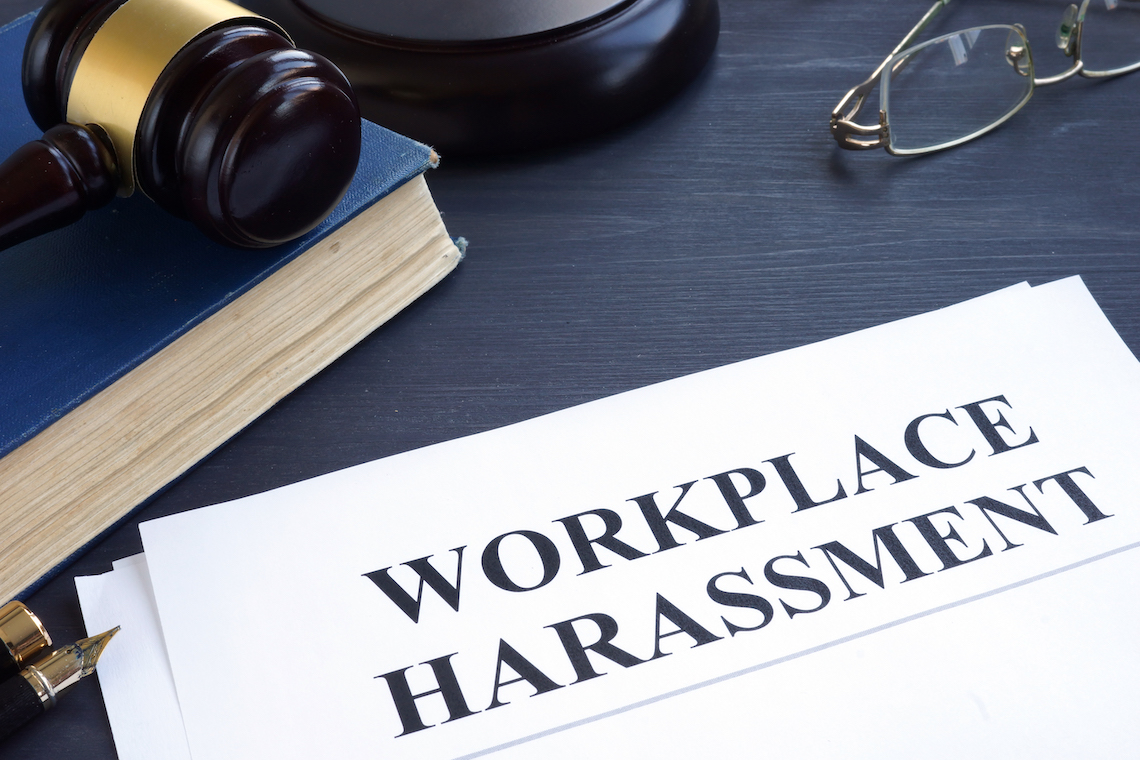The issue of sexual harassment in the workplace has traditionally been the responsibility of the HR Department. However, the repositioning of the issue as a ‘workplace hazard’ has firmly embedded it within the WHS realm. The rationale for this is straight-forward – Sexual harassment is a workplace hazard that creates physical and psychological risks to a person’s health and safety, and this is now formalised in the Safe Work Australia Preventing Workplace Sexual Harassment Guide.
The topic of Sexual harassment in the workplace was tabled at last month’s national meeting of Work Health and Safety Ministers, where the respective jurisdictions’ Ministers gave an update on their current or planned work and initiatives directed at addressing sexual harassment in response to the AHRC’s report, Respect@Work: National Inquiry into Sexual Harassment in Australian Workplaces (their formal responses are due at the end of June 2021).
At a national and state level, sexual harassment is unlawful and prohibited by anti-discrimination laws, but with it now positioned under WHS Legislation, it becomes a ‘risk-based’ issue as PCBUs have a responsibility to eliminate or manage (to as low as is reasonably practicable) the risk of sexual harassment.
Understanding sexual harassment as a WHS issue means recognising that the ‘hazard’ is an individual (or group of individuals) who undertake or perpetrate specific behaviours, with the ‘risk’ being that this behaviour (towards others) constitutes bullying, harassment or sexual harassment. As a ‘risk-based’ issue, managing it requires firstly identifying the potential for sexual harassment and secondly identifying systemic factors that heighten the likelihood and risk of sexual harassment.
The Preventing Workplace Sexual Harassment Guide explores a series of factors that can increase the risk, such as:
- Low worker diversity (e.g. the workforce is dominated by one gender, age group, race or culture);
- Power imbalances (e.g. workplaces where one gender holds most of the management and decision-making positions);
- Workplaces organised according to a strict hierarchical structure (e.g. Police, Defence, medical, legal professions);
- A workplace culture that supports or tolerates sexual harassment, including where lower level (but still harmful) forms of harassment are accepted (e.g. small acts of disrespect and inequality are ignored and reports of sexual harassment or inappropriate behaviours are not taken seriously ;
- Use of alcohol in a work context, including attendance at conferences and social events as part of work duties, and overnight travel;
- Workers are isolated (e.g. working at residential premises, living in employer provided accommodation, working in remote locations with limited supervision, or with restricted access to help and support);
- Working from home which may provide an opportunity for covert sexual harassment to occur online or through phone communication;
- Worker interactions with clients, customers or members of the public (either face-to-face or online) which may give rise to third-party sexual harassment; and
- Poor understanding among workplace leaders of the nature, drivers and impacts of sexual harassment.
Once these factors are identified as being evident within the workplace context, it is necessary for these to be managed (so far as is reasonably practicable) by taking a proactive risk-based approach; and:
- Examining the existing control measures in your SMS to prevent sexual harassment;
- Providing a safe physical and online work environment;
- Providing safe systems of work for your workers;
- Implementing workplace behaviour policies and practices that promote respectful and inclusive workplace culture for all levels of worker;
- Putting measures in place to detect and minimise potential third-party sexual harassment from customers, clients and members of the public;
- Addressing unwanted or offensive behaviour early;
- Encouraging workers to report sexual harassment and providing safe, confidential and clear avenues to do so, including anonymous reporting;
- Responding to reports of sexual harassment in a way that focuses on supporting the worker and is sensitive to any trauma and privacy, to minimise further risk to health and safety;
- Applying appropriate consequences for sexual harassment misconduct, such as disciplinary action;
- Using information, instruction, training and supervision to support the overall prevention strategy;
- Using recruitment and promotion strategies that create a diverse workforce; and
- Monitoring and reviewing the effectiveness of control measures.
This level of detail formalised within the Guide and available to PCBUs becomes evidence of what is ‘Reasonably Practicable’ … and therefore represents what needs to be undertaken. Comcare has also released a series of guides in relation to managing workplace sexual harassment.
Ensuring your workers have completed their annual Code of Conduct Training just doesn’t cut it anymore. Whether sexual harassment is committed by your workers or other people (clients, customers or other members of the public), you have a duty to eliminate or minimise workplace this risk to health and safety so far as is reasonably practicable.
It is anticipated that Regulators, in responding to sexual harassment complaints, will make inquiries into the system / process, to determine whether it is sufficiently robust and to see what other controls are in place. Remember though, the PCBU has the responsibility to manage the risk of sexual harassment, which may be without the risk materialising into harassment prompting a psycho-social claim.
Please contact QRMC for more information.











